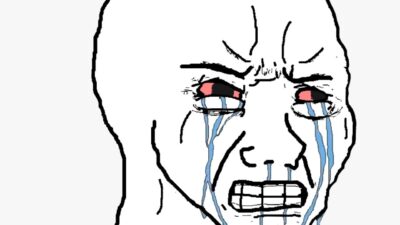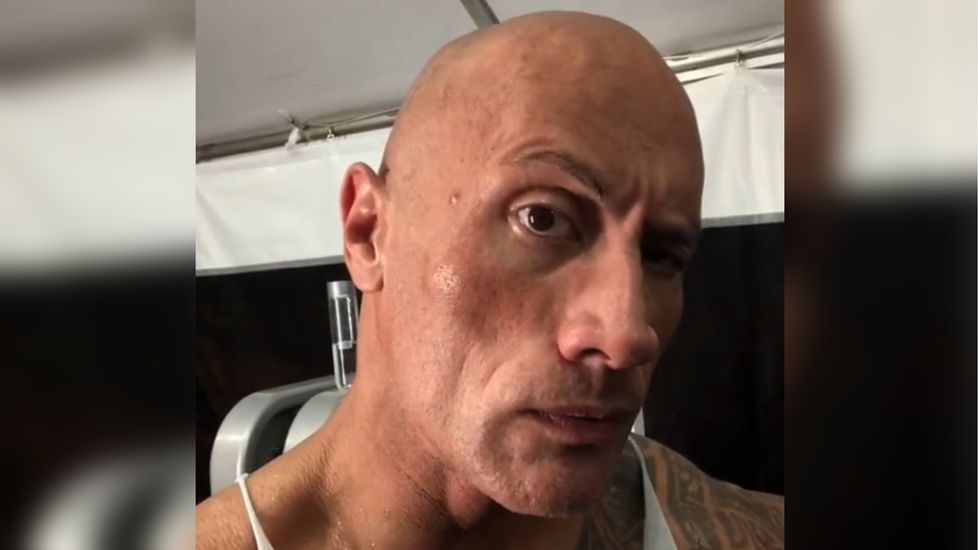In the vast and ever-evolving landscape of the internet, few trends have captured the collective imagination quite like meme faces. These simple yet e
In the vast and ever-evolving landscape of the internet, few trends have captured the collective imagination quite like meme faces. These simple yet expressive images have become a universal language for humor, emotion, and social commentary. From their humble beginnings in online forums to dominating social media feeds, meme faces have transformed how people communicate and connect in the digital age. This article explores the origins, significance, and lasting impact of meme faces, while also addressing common questions surrounding this fascinating internet culture phenomenon.
What Are Meme Faces?
Meme faces are illustrated or drawn faces characterized by exaggerated emotions or expressions, often used to convey specific feelings or reactions in internet memes. Unlike traditional memes that might use photographs, video clips, or other media, meme faces are typically simple line drawings or stylized graphics. Their appeal lies in their ability to instantly communicate complex emotions through universally recognizable facial cues—whether it’s frustration, joy, sarcasm, or disbelief.
Origins of Meme Faces
The origins of meme faces can be traced back to the early 2000s on internet forums and communities such as 4chan, Reddit, and Something Awful. One of the earliest and most influential contributors to this genre was the rage comics trend, which featured crudely drawn faces to depict everyday scenarios with exaggerated emotional responses.
Rage comics often used characters such as “Trollface,” “Forever Alone,” “Y U NO Guy,” and “Me Gusta.” These faces quickly became viral sensations due to their relatability and humorous portrayal of common social experiences. Over time, the use of meme faces expanded beyond rage comics, becoming standalone images shared independently or incorporated into other meme formats.
Why Do Meme Faces Matter?
- Emotional Expression: Meme faces allow users to express feelings in a way that words alone sometimes cannot. A simple image can convey irony, anger, sadness, or elation instantly.
- Social Connection: Sharing meme faces fosters a sense of belonging. When people recognize and understand these faces, it creates an inside joke that bridges cultural and language gaps.
- Humor and Satire: Meme faces are a powerful tool for comedy. Their exaggerated features and over-the-top expressions exaggerate real-life emotions, making everyday frustrations or joys funny and relatable.
- Accessibility: Because they are simple and often hand-drawn, meme faces are easy to create and modify, encouraging widespread participation and creativity.
- Cultural Reflection: Meme faces often reflect current social attitudes, trends, and events. They evolve alongside internet culture, adapting to new contexts and audiences.
Popular Meme Faces and Their Meanings

- Trollface: A mischievous grin representing trolling or intentionally provoking others.
- Forever Alone: A sad face symbolizing loneliness or social awkwardness.
- Y U NO Guy: A frustrated figure demanding explanations or expressing confusion.
- Me Gusta: A creepy but pleased expression often used to indicate enjoyment of something unusual.
- Okay Guy: A resigned or sad acceptance of a bad situation.
- Rage Guy (FFFFFUUUU): Displays intense anger or frustration.
- Derp and Derpina: Simple faces used to depict foolishness or cluelessness.
- Cereal Guy: Known for sarcastic or skeptical reactions while eating cereal.
These characters and expressions have become part of internet folklore, instantly recognizable across platforms and cultures.
Evolution of Meme Faces
Meme faces have evolved significantly since their early days. The original rage comics have given way to more polished and diverse meme faces. Artists and meme creators now use digital illustration tools, animations, and even 3D models to craft new characters with greater detail and nuance.
Moreover, meme faces have expanded beyond internet forums into mainstream media, advertising, and even merchandise. They have been adapted into stickers, emojis, video game avatars, and pop culture references, proving their staying power and widespread appeal.
The Role of Meme Faces in Communication
In online communication, tone and intent can be hard to convey through text alone. Meme faces help fill this gap by adding emotional context. They act as visual punctuation marks that can soften criticism, add sarcasm, or heighten excitement. This non-verbal form of communication enhances understanding and reduces ambiguity.
Furthermore, meme faces democratize humor and self-expression. Anyone with a smartphone or computer can create and share these images, breaking down barriers between content creators and consumers.
Criticism and Challenges
Despite their popularity, meme faces have faced some criticism. Some argue that overuse or misuse can lead to clichés and diminish the impact of genuine emotional expression. Others point out that some meme faces, when taken out of context, may perpetuate negative stereotypes or insensitive humor.
Additionally, as meme faces become commercialized, there is concern that the original grassroots creativity could be diluted by corporate interests. However, the meme community continues to adapt, often reclaiming or reinventing meme faces to maintain their relevance and freshness.
Future of Meme Faces
As internet culture evolves, meme faces will likely continue to adapt. Emerging technologies such as augmented reality (AR), virtual reality (VR), and artificial intelligence (AI) may introduce new ways for users to create, share, and interact with meme faces.
Interactive and animated meme faces could become standard in messaging apps and social networks, further blurring the line between communication and entertainment. Moreover, meme faces might play a role in online education, mental health awareness, and political activism, using humor and visual storytelling to engage diverse audiences.
Conclusion
Meme faces have become more than just funny images on the internet—they are a dynamic form of digital communication that connects people across the globe. Their simplicity, emotional expressiveness, and cultural relevance have made them an enduring part of online life. Whether used for humor, social commentary, or emotional expression, meme faces will continue to shape how we share ideas and experiences in an increasingly digital world.
Frequently Asked Questions (FAQs) About Meme Faces
Q1: What exactly is a meme face?
A meme face is a simple, often exaggerated facial drawing used to convey specific emotions or reactions in internet memes. These faces are typically part of a larger comic or standalone images expressing humor or relatable situations.
Q2: Where did meme faces originate?
Meme faces originated from early internet forums and websites like 4chan and Reddit in the early 2000s. They became popular through rage comics, a series of webcomics that depicted everyday scenarios with exaggerated emotional responses.
Q3: Why are meme faces so popular?
Meme faces are popular because they provide an easy, quick way to express complex emotions, often with humor. They help people connect and communicate in an entertaining, relatable way.
Q4: Are meme faces still relevant today?
Yes, meme faces continue to be relevant, though they have evolved. They are now often more polished, animated, and integrated into modern memes, stickers, and emojis across social media and messaging apps.
Q5: Can anyone create meme faces?
Absolutely! One of the appeals of meme faces is their accessibility. People with basic drawing skills or even those using meme generators can create and share meme faces easily.
Q6: Have meme faces been commercialized?
Yes, meme faces have been commercialized to some extent, appearing on merchandise, advertisements, and apps. However, their core culture remains largely grassroots and community-driven.
Q7: Do meme faces have cultural significance?
Yes, meme faces reflect cultural trends, social attitudes, and shared experiences, making them an important part of digital folklore and online communication.
Q8: Can meme faces be offensive?
While meme faces are generally meant for humor, some can be used in ways that are insensitive or perpetuate stereotypes. It’s important to consider context and intent when sharing meme faces.
Q9: How do meme faces enhance online communication?
They add emotional nuance and clarity to text-based communication, making conversations more engaging and expressive.
Q10: What does the future hold for meme faces?
With advances in technology, meme faces may become more interactive and immersive, integrating into new digital platforms and applications beyond traditional memes.
Must Visit: spotlightlive




COMMENTS